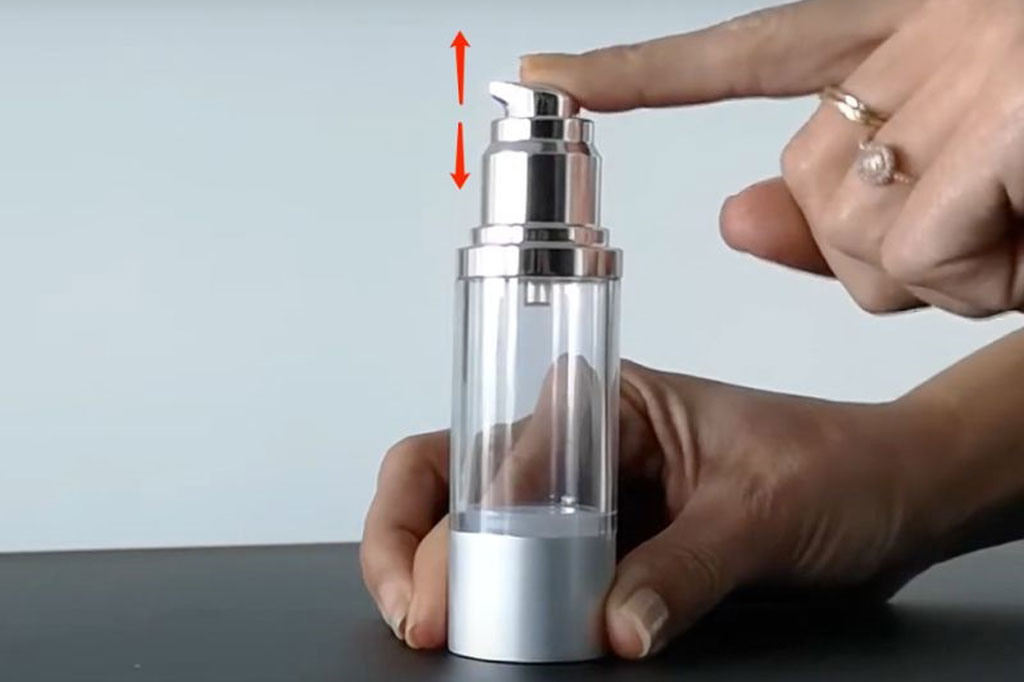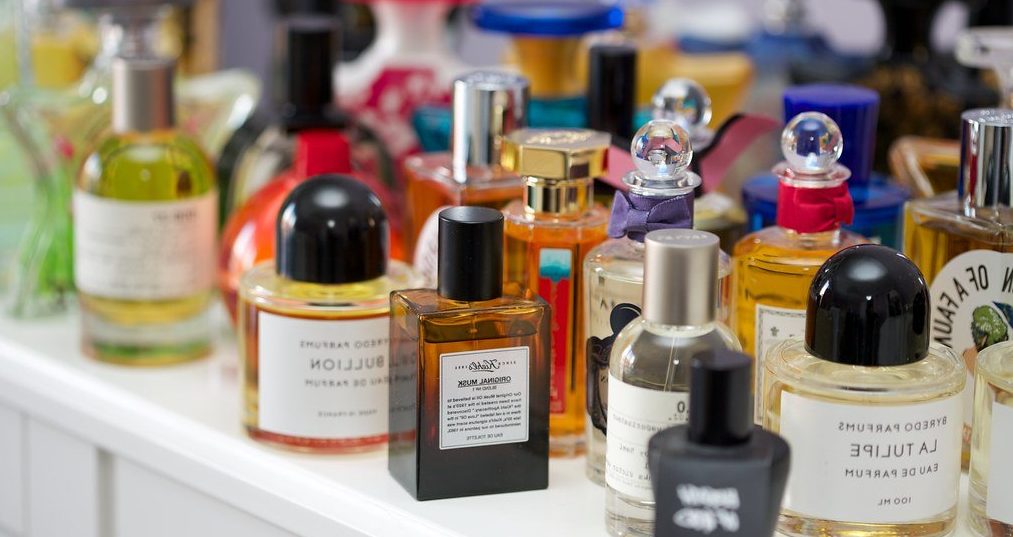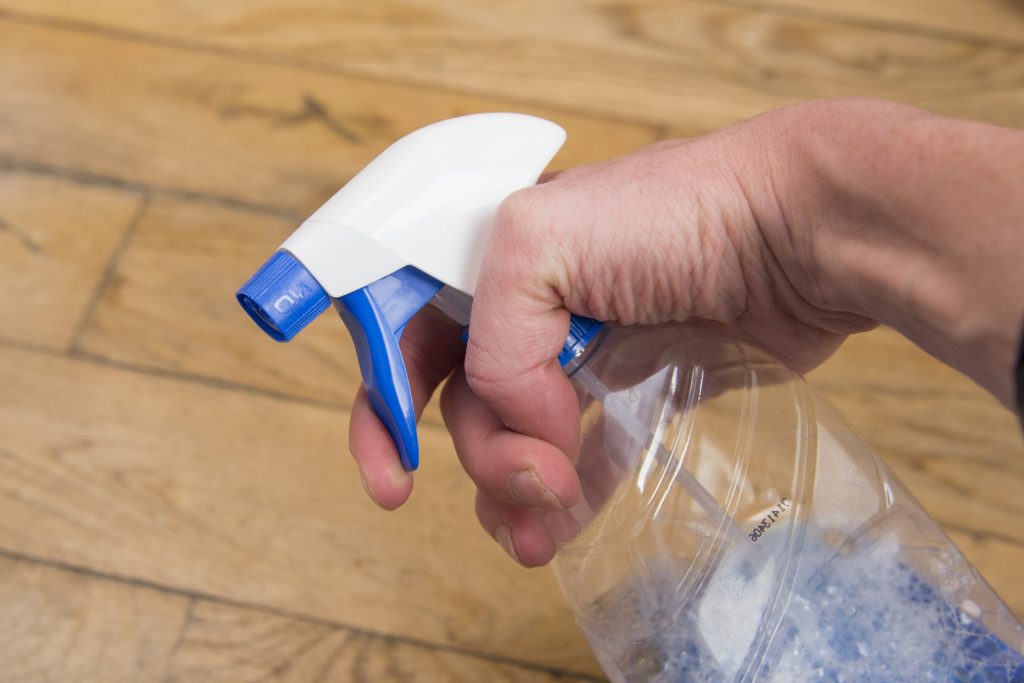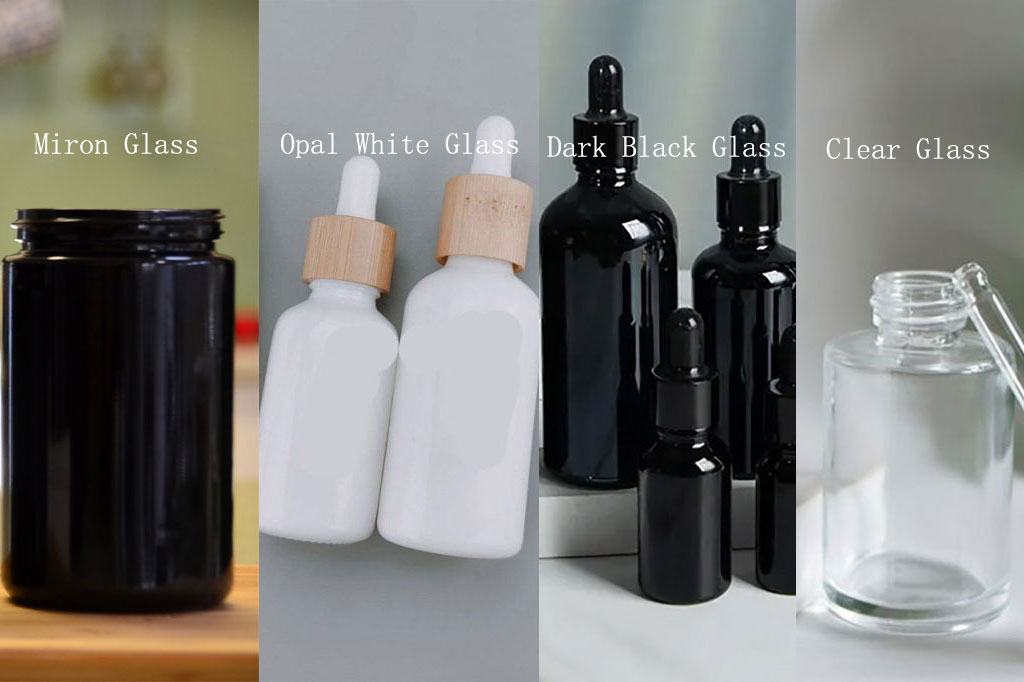The cosmetic bottles come in 4 common dispensing methods, such as press pump, spray pump, dropper, and roll-on, they are tailored to the specific product they contain and the user experience they aim to deliver.
In this article, we’ll delve into the comparison of four popular cosmetic bottle dispensing methods.
Quick Comparison
Aspect | Press Pump | Spray Pump | Dropper | Roll-On |
Dispensing Mechanism | Push-down mechanism | Aerosol spray | Squeeze or pipette | Roll-on ball |
Dispensing Control | Moderate control over amount | Moderate control over direction | High control over drop count | High controll by pressure on |
Product Wastage | Low | Moderate | Low to moderate | Low |
Hygiene | Moderate | Moderate | High | High |
Portability | Generally portable and spill-proof | Portable but may be prone to accidental leakage | Portable, but droppers may leak if not properly sealed | Portable and spill-proof |
Common Applications | Lotions, creams | Perfumes, hair sprays | Serums, essential oils | Lip balm, lip tint |
Press Pump
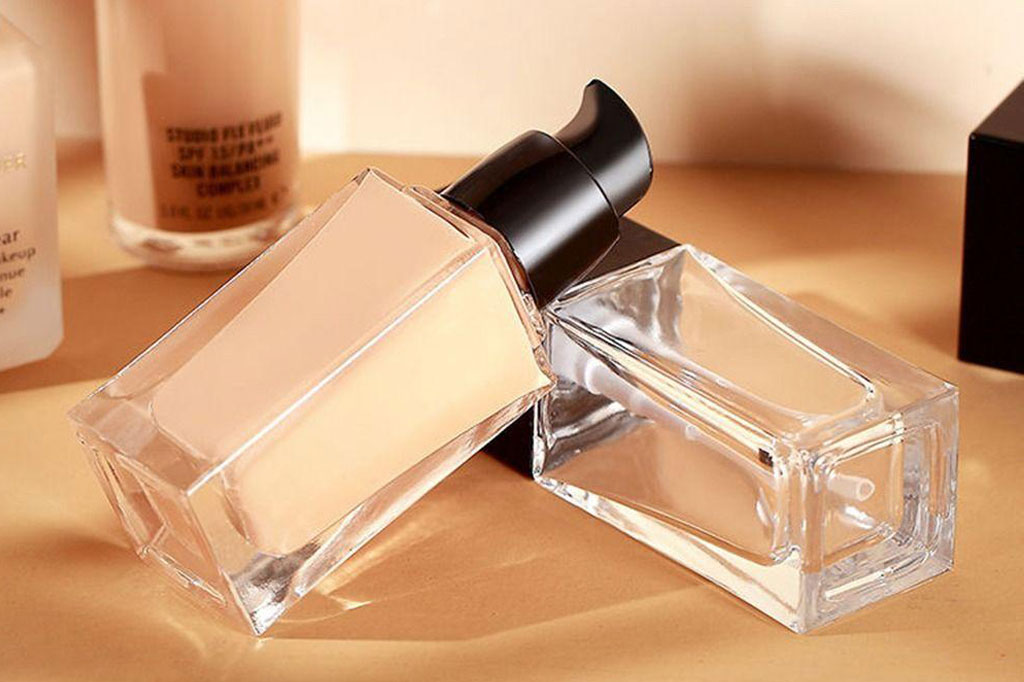
Press pumps, also known as push-down pumps, are commonly found in skincare products such as creams, and lotions.
They dispense product through a downward pressing motion, allowing controlled and precise dispensing.
Press pumps are favored for their ease of use and hygienic qualities since they minimize the risk of contamination by preventing direct contact with the product inside the bottle. However, they may not be suitable for products with very thin or runny consistencies, as they may dispense too much product at once.
Spray Pump
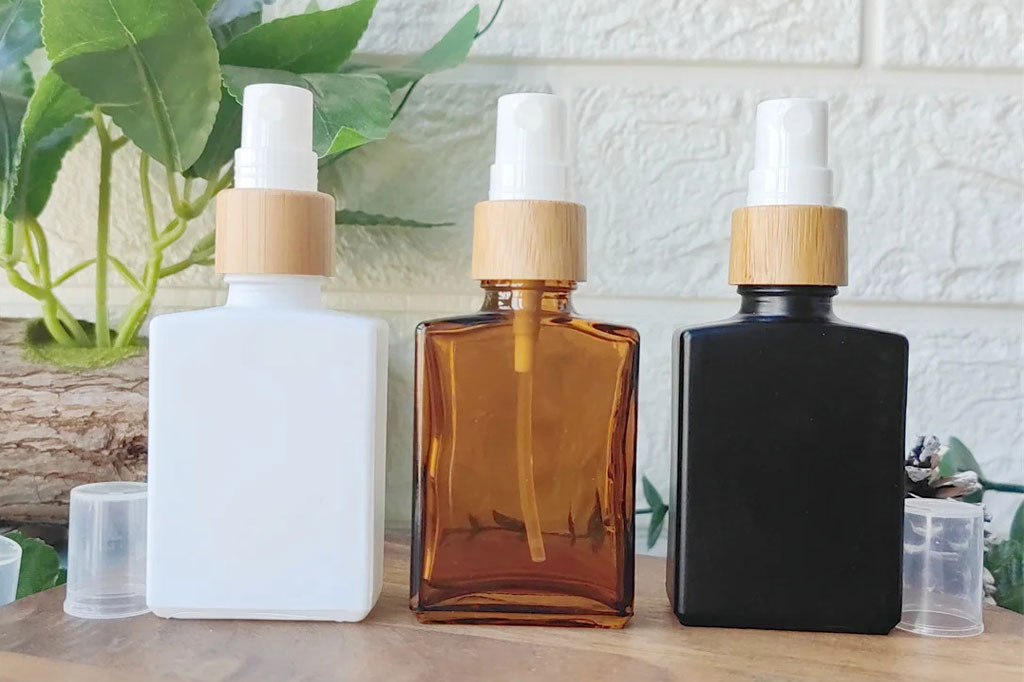
Spray pumps, as the name suggests, dispense products in a fine mist or spray form. They are commonly used in products such as perfumes, and hair sprays.
They offer a convenient application, distributing products evenly over a wide area. They are particularly popular for skincare products intended to hydrate, tone, or set makeup.
They allow for easy application of liquid products without the need for direct contact with the skin, making them hygienic and suitable for on-the-go use. However, spray pumps may not be suitable for dispensing thick or viscous formulas, as they may clog or produce an uneven spray pattern.
Dropper
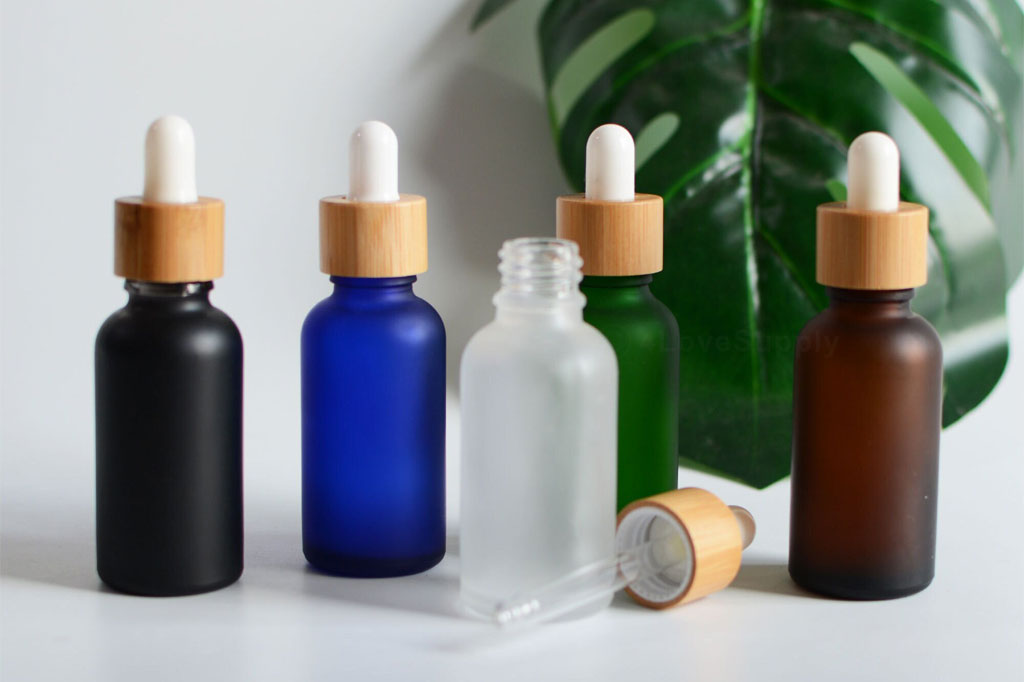
Dropper bottles feature a narrow neck with a pipette or dropper mechanism for dispensing liquid products. They are commonly used for serums and essential oils.
They offer precise control over the amount of product dispensed. They also can prevent contamination and product spillage. However, dropper bottles may require careful handling to avoid accidental breakage, and the dropper mechanism may become clogged over time with thicker formulas.
Roll-On
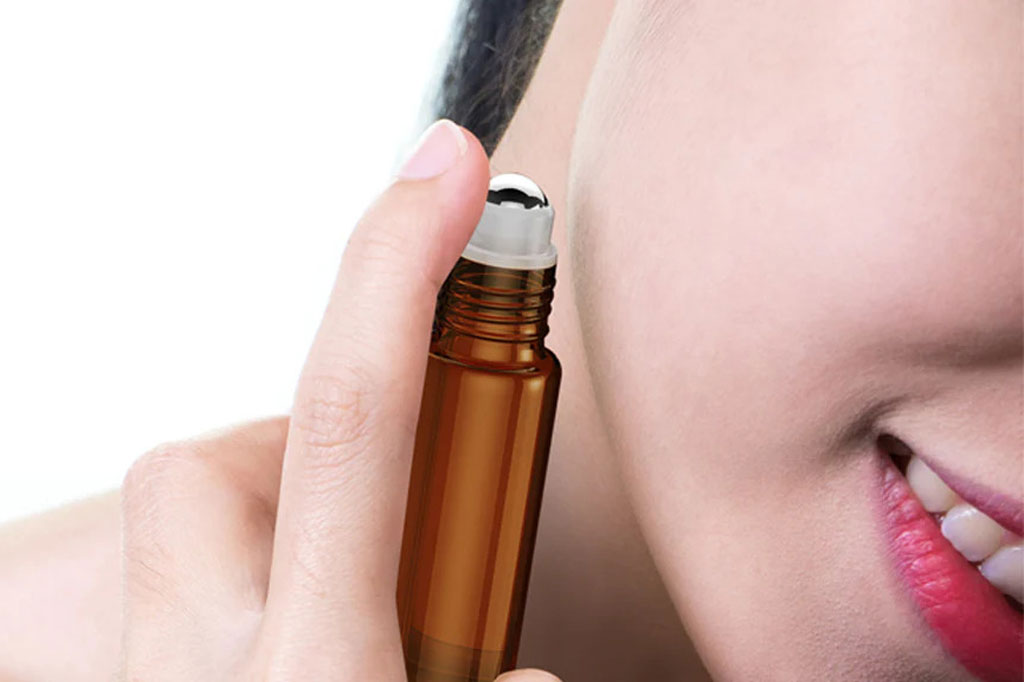
Roll-on bottles feature a rollerball applicator that dispenses product directly onto the skin as it is rolled across the surface. They are commonly used for lip balm, lip tint, and spot treatments.
Roll-on applicators offer targeted applications, allowing users to apply products precisely to specific areas of the face or body.
They are compact and spill-proof, making them ideal for travel and on-the-go touch-ups. However, it’s important to note that roll-on bottles may not be suitable for dispensing thicker formulas.
Conclusion
Each cosmetic bottle dispensing method offers unique advantages and considerations depending on the type of product and user preferences. Press pumps provide controlled dispensing and hygienic application, while spray pumps offer versatility and even distribution. Dropper bottles offer precise dosing and ingredient preservation, while roll-on bottles provide targeted application and portability.
Ultimately, the choice of dispensing method should be based on factors such as the product’s consistency, intended use, and user preferences.

